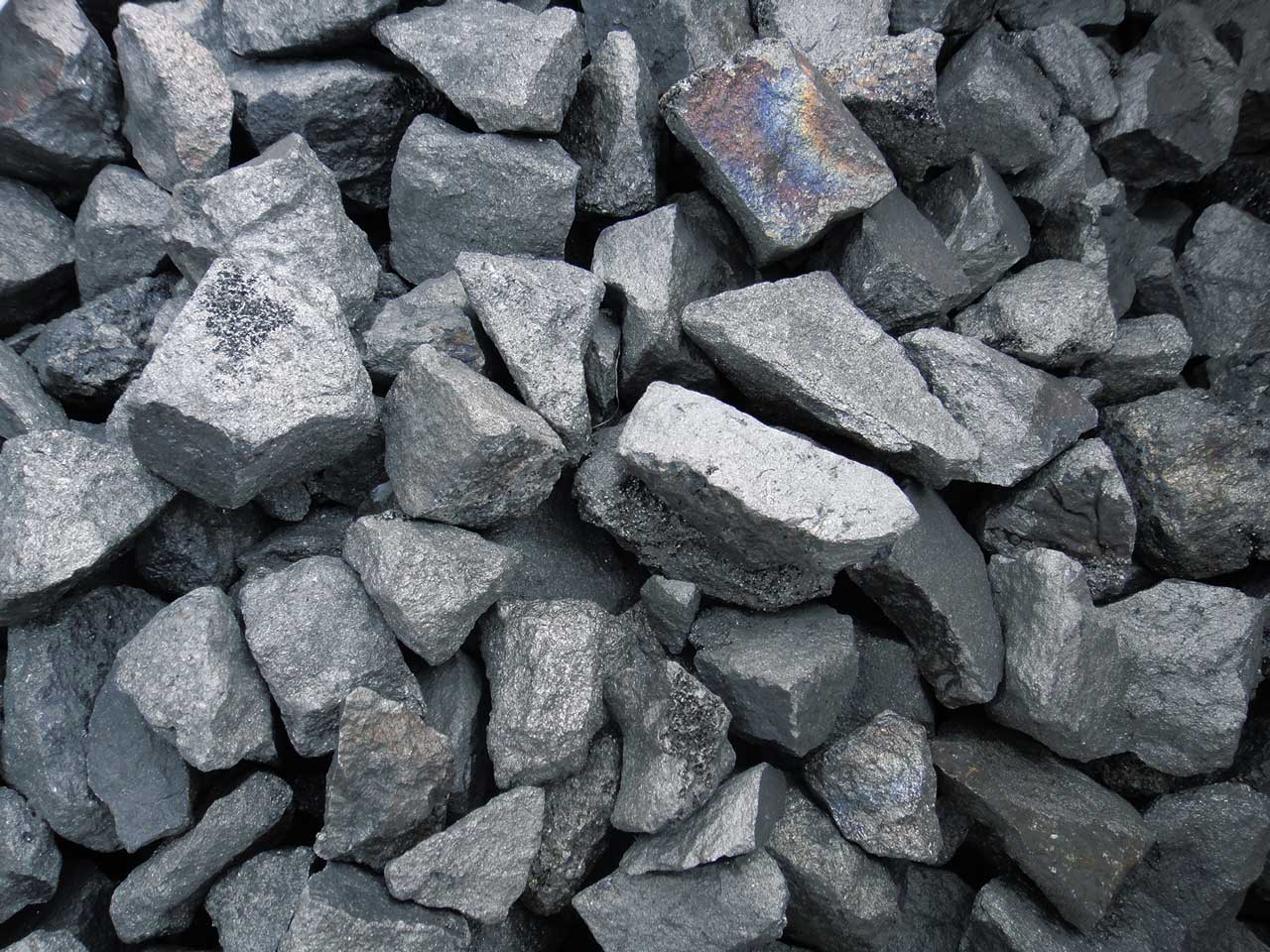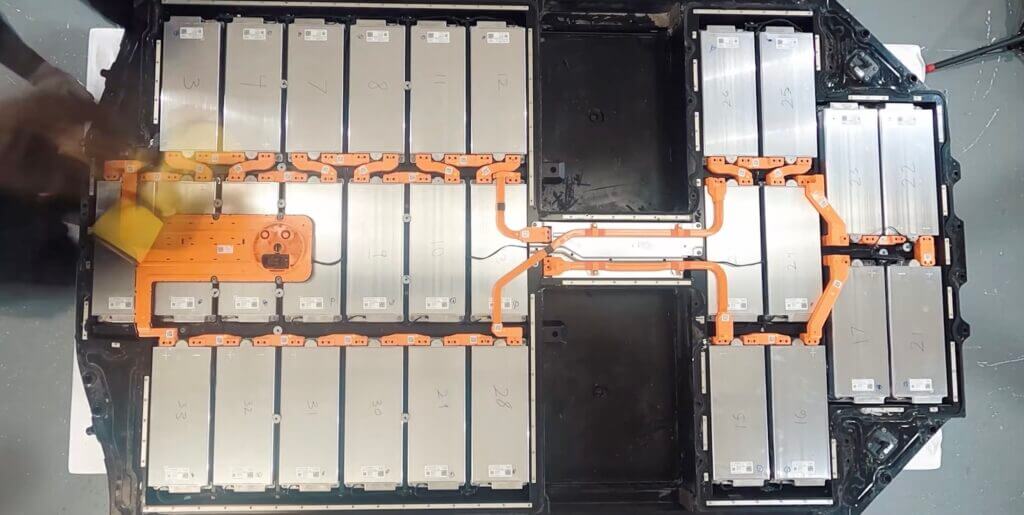The current trend is moving from cobalt towards manganese. What makes manganese a better option than cobalt?

Advantages of Mn over Cobalt
Manganese is the forgotten mineral. NMC (nickel-manganese-cobalt) battery chemistry has existed since 2016 for electric vehicles, with cobalt making up approximately 60% of the price of the EV cathode.
Manganese is more stable, more robust, provides denser, quicker charging power as well as longer distance performance and is much more economical when compared to cobalt chemistry.
Three core reasons why manganese is a more viable, more sustainable alternative to a rarer mineral like cobalt.

1) Manganese is vastly more affordable.
With a trading value of $1,400 US per tonne, versus cobalt’s $66,000+ US per tonne, manganese is a significantly more affordable alternative, increasing profit margins along the production chain and reducing end-user cost.
For manufacturers of lithium-ion batteries, this lower price point allows more funds to be allocated to refining the technology for a safer, better-functioning product.
2) Manganese can be mined ethically.
Despite its high price tag for purchasers, cobalt is mined in unstable, underregulated regions, and miners are often subjected to dangerous working conditions and exploitative pay rates. Corruption and child labor are also rife in the cobalt-mining industry.
Its extensive global supply chain also means that, by the time cobalt arrives in the United States for battery manufacturing, it is next to impossible to know where it came from and therefore whether or not it was mined ethically. Manganese, on the other hand, has been found in deposits all over the world, including in Canada. Recent technological developments in manganese-mining practices have made it possible to mine the ore in a safe, inexpensive, and environmentally friendly way.


3) Manganese-based batteries are safer than cobalt-based batteries.
In addition to exploitation, child labor, and corruption, cobalt mining causes vast environmental damage. The dust from blasting techniques has been known to cause breathing problems, the cobalt itself frequently enters local waterways, directly harming locals, and cobalt mines frequently have unnerving levels of radioactivity.
Several companies mining for manganese, on the other hand, have engineered safe mining techniques that protect the environment, workers themselves, and nearby populations in recent years.

